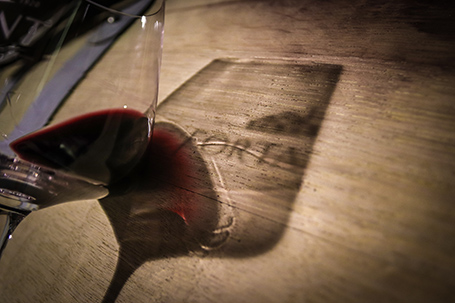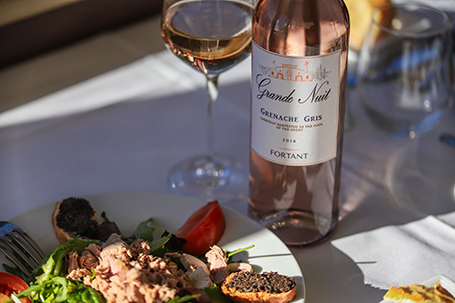 The different steps in tasting a wine
The different steps in tasting a wine
Serving temperature
Tannins emphasize bitterness and saltiness.
Sugar emphasizes bitterness.
The acidity of white and delicate red wines is a good alternative as it tones down sensations of saltiness and bitterness. Also keep in mind that vinegar, eggs, and tomatoes are capable of “killing” the wine.